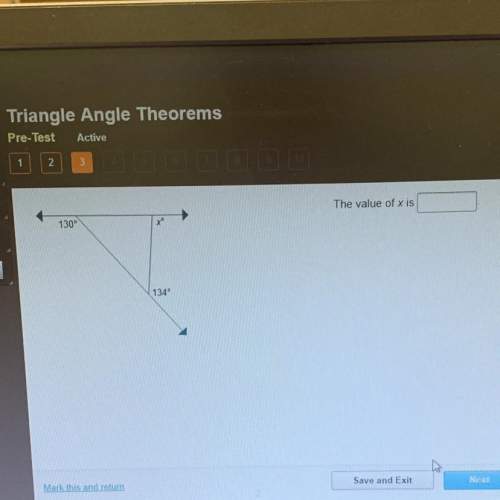
Mathematics, 13.10.2020 03:01, AgentPangolin
Consider the linear second-order differential equation:
d^2y/ dx^2 + a1(x)dy/dx +ao(x)y(x)=0
Note that this equation is linear because y(x) and its derivatives appear only to the first power and there are no cross terms. It does not have constant coefficients, however, and there is no general, simple method for solving it like there is if the coefficients were constants. In fact, each equation of this type must be treated more or less individually. Nevertheless, because it is linear, we must have that if y1(x) and y2(x) are any two solutions, then a linear combination.
y(x)=c1y1(x)+c2y2(x) where c1 and c2 are constants, is also a solution. Prove that y(x) is a solution.

Answers: 2
Other questions on the subject: Mathematics

Mathematics, 21.06.2019 20:50, karaisabelhill
Find the missing variable for a parallelogram: a = latex: 32in^2 32 i n 2 h = b = 6.3 in (1in=2.54cm)
Answers: 2

Mathematics, 22.06.2019 00:00, emmagbales
Given the diagram below, michael writes, "segment ac is congruent to segment ac." which of the following reasons allow him to write this statement?
Answers: 1

Mathematics, 22.06.2019 00:30, Haileydusenbery
How many doughnuts are equal to 20 cookies.? 3 apples = 5 bananas6 cookies = 7 apples2 doughnuts = 1 banana
Answers: 2

Mathematics, 22.06.2019 01:00, Mrlittlefish
Is the ordered pair (-10, 7) a solution to the equation y = 17 – x? yes or no
Answers: 1
Do you know the correct answer?
Consider the linear second-order differential equation:
d^2y/ dx^2 + a1(x)dy/dx +ao(x)y(x)=0
<...
<...
Questions in other subjects:

Physics, 12.12.2019 03:31

Mathematics, 12.12.2019 03:31



Mathematics, 12.12.2019 03:31

Biology, 12.12.2019 03:31

Mathematics, 12.12.2019 03:31



World Languages, 12.12.2019 03:31







